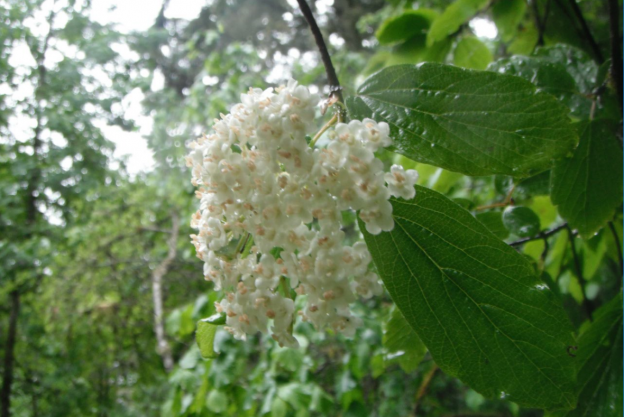Oval-leaved Viburnum
Viburnum ellipticum Hook.
(Vi-BUR-num ee-LIP-tih-kum)
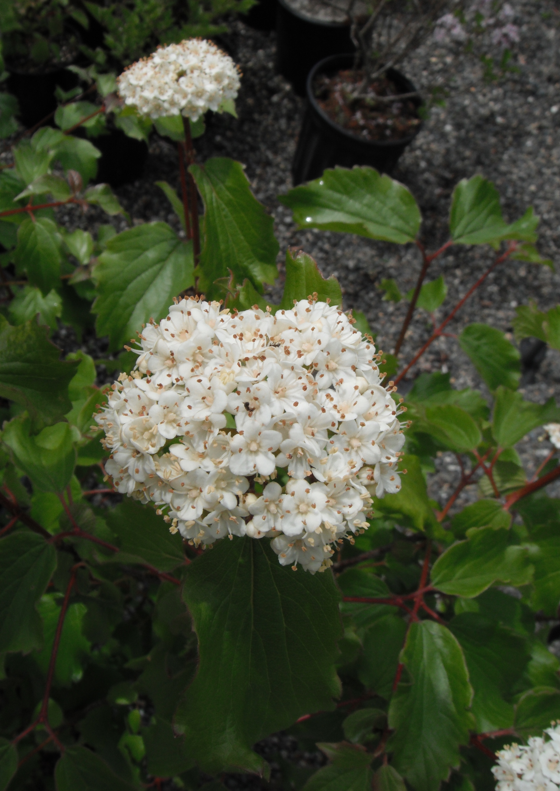 Names: This species is also known as Western, Common, or Oregon Viburnum, Western Blackhaw, Western Wayfaring Tree, or Western Cranberry Bush. Blackhaw is the common name of V. prunifolium, a tree native to the southeastern United States. (Haw is the berry of a hawthorn, Crataegus sp.) Wayfaring Tree is the common name of V. lantana, a Eurasian species that is common along waysides. Ellipticum refers to its oval-shaped leaves.
Names: This species is also known as Western, Common, or Oregon Viburnum, Western Blackhaw, Western Wayfaring Tree, or Western Cranberry Bush. Blackhaw is the common name of V. prunifolium, a tree native to the southeastern United States. (Haw is the berry of a hawthorn, Crataegus sp.) Wayfaring Tree is the common name of V. lantana, a Eurasian species that is common along waysides. Ellipticum refers to its oval-shaped leaves.
Relationships: There are about 150-175 species of Viburnum in temperate regions of the Northern Hemisphere with a few species found in mountainous regions of South America, Southeast Asia & Africa (in the Atlas Mountains). There are about 20 native to North America. Many species are popular garden and landscape plants. Several hybrids and cultivated varieties. have been developed. They are grown for their flower display and/or showy fruit, Some have fragrant flowers; some with attractive or unusual evergreen leaves or fall color.
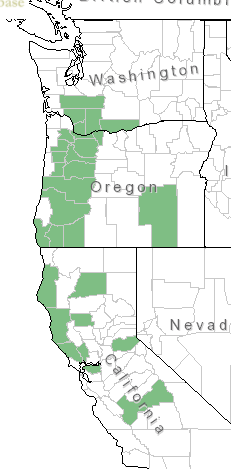
Distribution of Oval-leaved Viburnum from USDA Plants Database
Distribution: V. ellipticum is native from southwest Washington to central California; mostly on the west side of the Cascades, with a reported population in North Dakota.
Growth: It grows 3-9 feet (1-3m) tall.
Habitat: Oval-leaved Viburnum is found in drier open woods, bottom lands, chaparral, or shrub thickets.
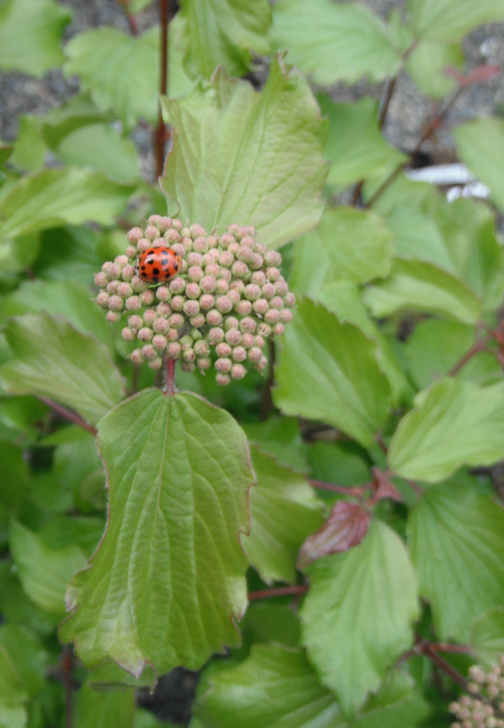
Diagnostic Characters: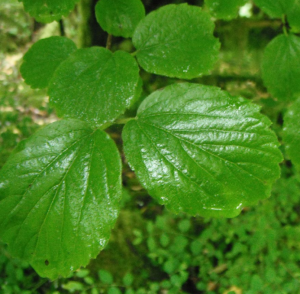 The leaves of Oval-leaved Viburnum are oval-shaped as the name suggests, but can be nearly round. They are coarsely toothed but not 3-lobed. The petioles are covered with coarse hairs. White flowers are borne in clusters. Oval-shaped drupes turn from red to purple to black, each with a flattened stone.
The leaves of Oval-leaved Viburnum are oval-shaped as the name suggests, but can be nearly round. They are coarsely toothed but not 3-lobed. The petioles are covered with coarse hairs. White flowers are borne in clusters. Oval-shaped drupes turn from red to purple to black, each with a flattened stone.
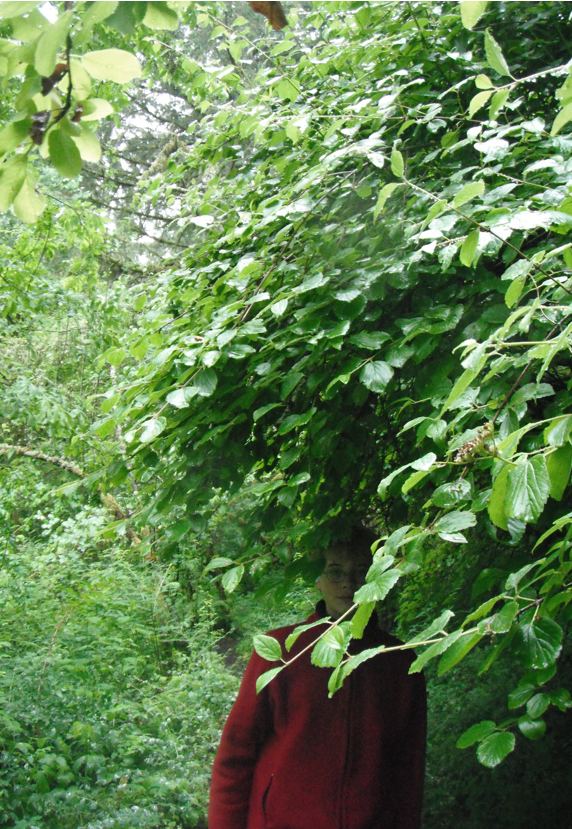
In the Landscape: Similar to a hawthorn, but in shrub form, the foliage, flowers and fruit of Oval-leaved Viburnum provide interest throughout the growing season. Fall foliage is especially attractive. This shrub may be useful as a screen or as a background plant. It is becoming more readily available at native plant nurseries.
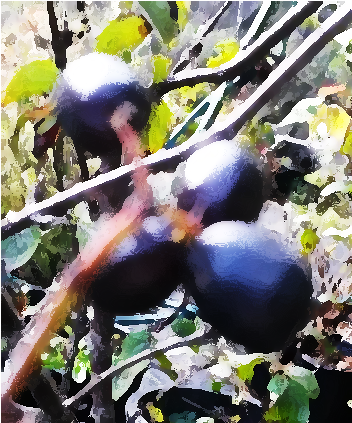
Berries/seeds were used as “women’s money” by natives
Phenology: Bloom time: May-June; Fruit ripens: September.
Propagation: Requirements are likely to be similar to other viburnums. Overcoming seed dormancy is difficult; cuttings are likely to be more successful. Softwood cuttings are recommended over hardwood cuttings. Layering is also possible.
Use by People: Viburnum ellipticum beads made from the fruit/seeds were used along with beads made with dentalium shells, other shells, stone, bone, or pine nuts for trade as “Women’s Money” as well as for decoration. The Berkeley Natural History Museum has artifacts with carbonized beads of Viburnum ellipticum.
Use by Wildlife: The shiny black fruit is enjoyed by birds.
Links:
Consortium of Pacific Northwest Herbaria
WTU Herbarium Image Collection, Plants of Washington, Burke Museum
Jepson Eflora, University of California
Ladybird Johnson Wildflower Center

